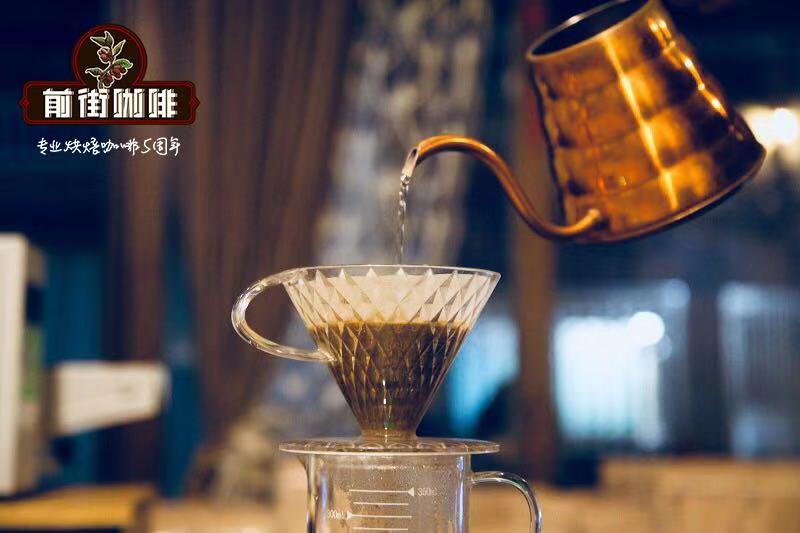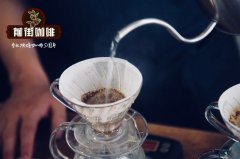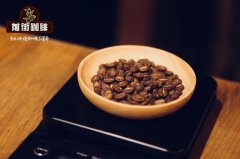What are the characteristics of Sidama Coffee beans? a brief introduction to the characteristics and flavor of Sidama Sidama.

Professional coffee knowledge exchange more coffee bean information please follow the coffee workshop (Wechat official account cafe_style)
Qianjie Ethiopian Coffee-introduction of Sidamo Sakuran
The coffee flavor of Sidamo is very diverse, because of the different soil composition, regional microclimate and countless native coffee varieties, the coffee produced in each urban area has obvious differences and characteristics. Sidamo producing area (Sidama) is located in the south of Ethiopia. The industry here is dominated by agriculture, and the coffee-growing area is located around the East African Great Rift Valley (Great Rift Valley). The coffee flavor of Sidamo is very diverse, because of the different soil composition, regional microclimate and countless native coffee varieties, the coffee produced in each urban area has obvious differences and characteristics. Sidamo producing area (Sidama) is located in the south of Ethiopia. The industry here is dominated by agriculture, and the coffee-growing area is located around the East African Great Rift Valley (Great Rift Valley).
In the annual coffee harvest and treatment season (December-January), we require farmers to pick red fruit sugar content of more than 30 before starting sun treatment. In the first two days of the sun, we should ensure the humidity of the red fruit so that the fructose begins to ferment fully. At the same time, the high-altitude geographical location, so that the night temperature of the treatment plant can be reduced to about 12 degrees Celsius, and will not produce the smell of excessive fermentation because the temperature is too high. When the temperature is relatively high at noon, we will cover in time to prevent sunburn of red fruit. In order to prevent sudden rain at night, it will be wrapped in thick plastic sheeting.
In this way, the red fruit is fermented and dehydrated at a lower temperature. After 18 days of sun treatment, the moisture content of raw coffee beans decreased to about 13%, stopped the sun treatment, put it in sacks, put it into the warehouse under the natural conditions of 12-22 degrees Celsius and 45-55% humidity, and raised raw beans and further dehydration for about 50 days. When the moisture content of raw beans reaches about 11%, it is transported to the treatment plant for shelling and screening. By the harvest season in December every year, the mountains are covered with red coffee fruits. This is the "Sakui" manor, the neatly arranged primitive African tanning beds at the head of the village, which is the processing plant of "Sakui".
[cup test results] Flavor description and score:
[sunburn]: rose, passion fruit, tree pineapple, strawberry sweet and sour
Cleanliness: 6 points
Sweet: 6 points
Acid quality: 6 points
Taste: 5 points
Flavor: 6.5 points
Aftertaste: 6 points
Equilibrium: 6 points
Overall evaluation: 6 points
Total score: 83.5
END
Important Notice :
前街咖啡 FrontStreet Coffee has moved to new addredd:
FrontStreet Coffee Address: 315,Donghua East Road,GuangZhou
Tel:020 38364473
- Prev

Front Street Coffee is so cheap, can you drink it? Front Street Coffee Rations Bean Colombia Cymbidium Flavor Description
Professional coffee knowledge exchange More coffee bean information Please pay attention to coffee workshop (Weixin Official Accounts cafe_style) Front Street Coffee Colombia Cymbidium ration bean cup test report will taste nuts, dark chocolate, caramel, soft fruit acid. Colombia huila (also transliterated as Huilan Huila) is a fine product of Colombia coffee.
- Next

What kind of beans is Huakui Coffee Coffee? introduction to the taste of Ethiopian Sidamo Fakui coffee
Professional coffee knowledge exchange more coffee bean information please follow the coffee workshop (Wechat official account cafe_style) front street Ethiopian Coffee-Sidamo Sakuran introduction Coffee country: Africa Africa, Ethiopia Ethiopian Coffee Manor: Guji Guji, Hambella Wamena area, Dimtu City, Buku able Manor production altitude: 2250m 2350m Coffee
Related
- Beginners will see the "Coffee pull flower" guide!
- What is the difference between ice blog purified milk and ordinary milk coffee?
- Why is the Philippines the largest producer of crops in Liberia?
- For coffee extraction, should the fine powder be retained?
- How does extracted espresso fill pressed powder? How much strength does it take to press the powder?
- How to make jasmine cold extract coffee? Is the jasmine + latte good?
- Will this little toy really make the coffee taste better? How does Lily Drip affect coffee extraction?
- Will the action of slapping the filter cup also affect coffee extraction?
- What's the difference between powder-to-water ratio and powder-to-liquid ratio?
- What is the Ethiopian local species? What does it have to do with Heirloom native species?

